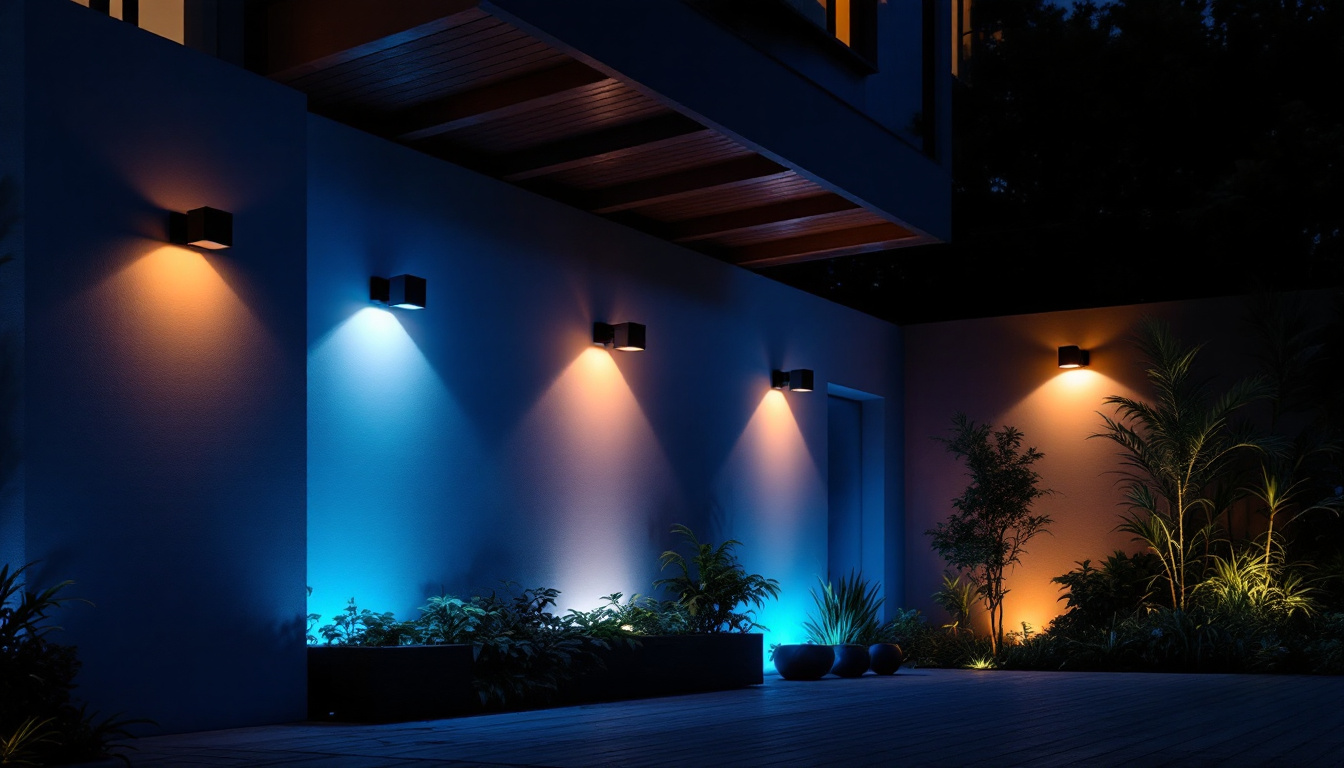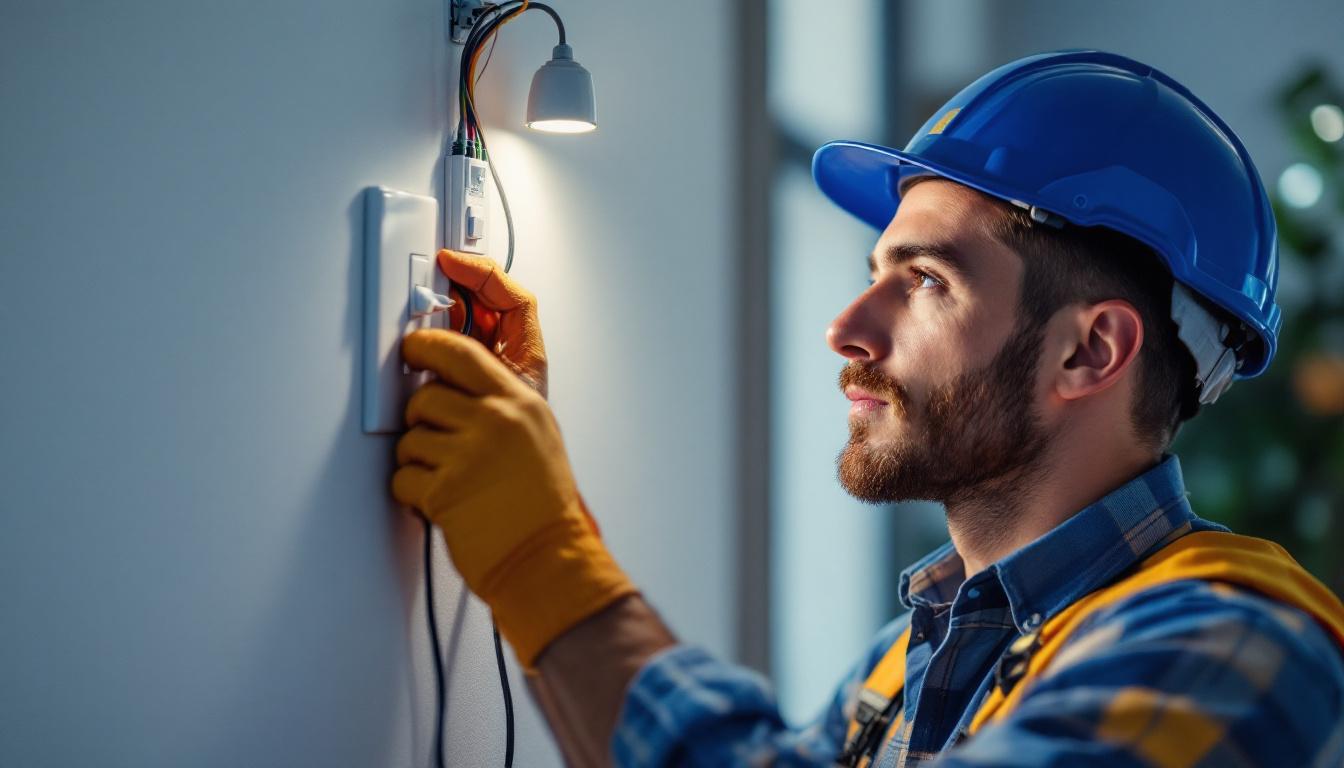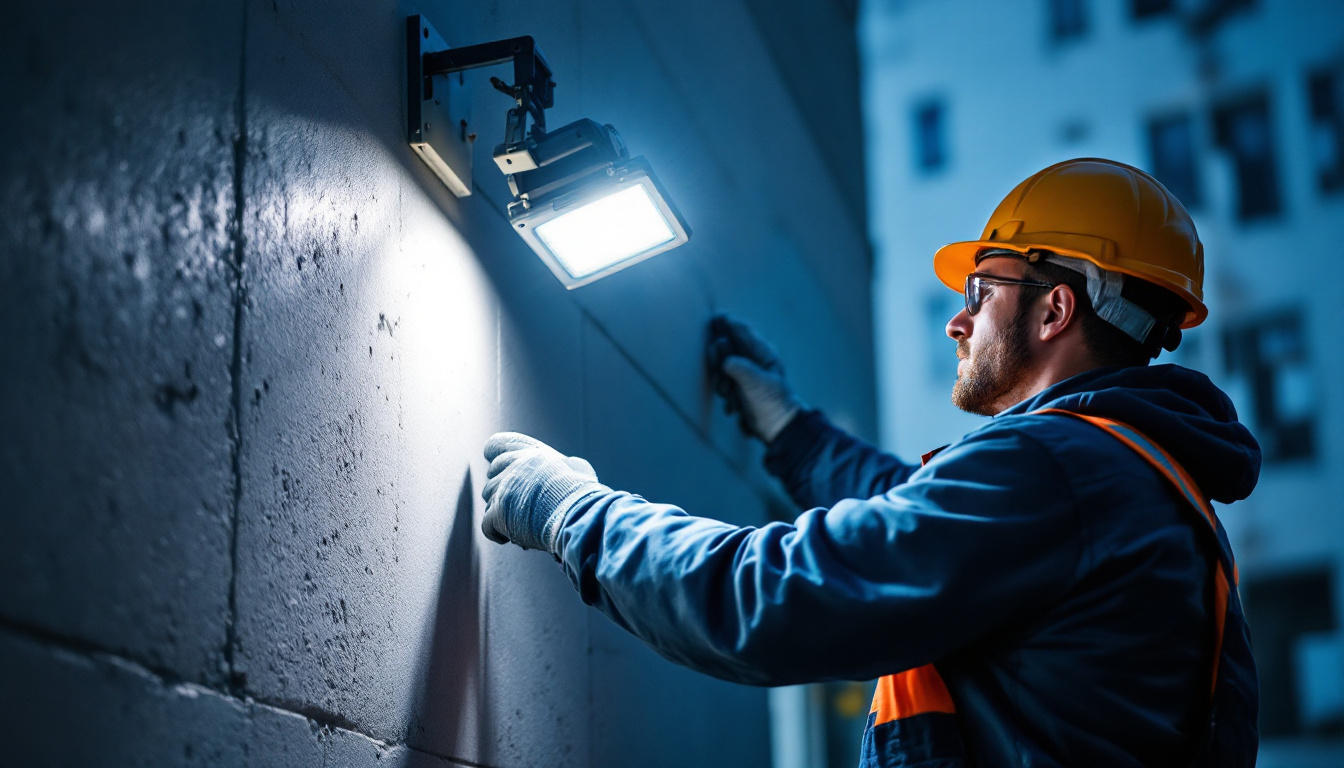
ballast fluorescent lights have been a staple in commercial and industrial lighting for decades. They play a crucial role in regulating the current to fluorescent lamps, ensuring they operate efficiently and effectively. For lighting contractors, understanding the intricacies of ballast technology is essential, not only for installation but also for maintenance and troubleshooting.
Fluorescent lamps require a ballast to function, as it provides the necessary voltage to start the lamp and regulates the current during operation. This component can significantly influence the performance and longevity of the lighting system, making it a critical consideration for contractors aiming to deliver quality installations. Furthermore, the integration of smart technologies in ballast systems is becoming increasingly prevalent, allowing for advanced features such as dimming capabilities and occupancy sensing, which can further enhance energy savings and user experience.
There are two primary types of ballasts used in fluorescent lighting: magnetic and electronic. Magnetic ballasts are the traditional option, utilizing electromagnetic induction to regulate current. They tend to be heavier, less energy-efficient, and produce a noticeable flicker in the light output. Additionally, magnetic ballasts can generate more heat, which may affect the overall temperature regulation in a space, particularly in enclosed or poorly ventilated areas.
On the other hand, electronic ballasts are more modern and efficient. They provide a smoother, flicker-free light and consume less energy, which can lead to lower operating costs for clients. These ballasts also have the added benefit of being lighter and more compact, making installation easier and more versatile in various settings. Understanding these differences is vital for contractors, as the choice of ballast can impact both installation complexity and client satisfaction. Moreover, the compatibility of electronic ballasts with newer LED technologies is paving the way for hybrid systems that can further optimize lighting solutions.
Energy efficiency is a significant concern for many businesses today. The choice of ballast can greatly influence the overall energy consumption of a lighting system. Electronic ballasts, for instance, can reduce energy use by up to 30% compared to their magnetic counterparts. This reduction not only benefits the environment but also translates into substantial cost savings for clients over time. In addition, many utility companies offer rebates and incentives for businesses that upgrade to energy-efficient lighting systems, further enhancing the financial appeal of choosing electronic ballasts.
Lighting contractors who advocate for energy-efficient solutions can enhance their reputation and appeal to environmentally conscious clients. By offering electronic ballasts as part of their installations, contractors can help clients achieve their sustainability goals while improving their bottom line. Furthermore, as energy codes and regulations continue to evolve, staying informed about the latest advancements in ballast technology will allow contractors to provide cutting-edge solutions that meet or exceed compliance standards, ensuring their projects are both modern and future-proofed against upcoming legislative changes.
For lighting contractors, the selection of ballast types can have direct financial implications. The initial costs of materials, labor for installation, and potential future maintenance all factor into the overall project budget. Understanding these costs is crucial for contractors to remain competitive and profitable.
While electronic ballasts may have a higher upfront cost compared to magnetic ballasts, the long-term savings can be significant. Clients can expect lower energy bills and reduced maintenance costs due to the longer lifespan of electronic ballasts. This makes a compelling case for contractors to recommend the more efficient option, despite the initial expense.
Furthermore, many regions offer incentives or rebates for energy-efficient upgrades, which can help offset the higher initial costs. Contractors who stay informed about these programs can provide added value to their clients, enhancing their service offerings and potentially increasing their project pipeline. Additionally, as energy costs continue to rise, the financial benefits of choosing energy-efficient solutions become even more pronounced, making it a wise investment for both contractors and their clients.
Maintenance is another critical aspect of ballast fluorescent lighting that can affect a contractor’s bottom line. Magnetic ballasts tend to require more frequent replacement and maintenance due to their shorter lifespan and susceptibility to failure. In contrast, electronic ballasts typically last longer and require less frequent servicing.
By choosing electronic ballasts, contractors can minimize the time and resources spent on maintenance tasks. This not only improves profitability but also boosts client satisfaction, as businesses benefit from reduced downtime and fewer disruptions to their operations. Moreover, the reliability of electronic ballasts can enhance a contractor’s reputation, leading to repeat business and referrals, which are essential for long-term success in the industry.
Additionally, the technological advancements in electronic ballasts have led to features such as dimming capabilities and better compatibility with smart lighting systems. These enhancements not only provide clients with greater control over their lighting environments but also open up new avenues for contractors to offer value-added services. By integrating these modern solutions, contractors can position themselves as forward-thinking professionals who are not only aware of current trends but are also equipped to implement them effectively, ensuring that their clients receive the best possible solutions for their lighting needs.
Educating clients about the benefits of different ballast types is essential for lighting contractors. Many clients may not understand the technical aspects of lighting systems, making it the contractor’s responsibility to convey the advantages of investing in quality components.
When discussing ballast options with clients, it is vital to highlight the long-term savings associated with energy-efficient solutions. Providing clear comparisons between magnetic and electronic ballasts can help clients make informed decisions. Visual aids, such as charts or graphs, can effectively illustrate potential energy savings and maintenance costs over time.
Additionally, sharing case studies or testimonials from previous clients can build trust and credibility. Demonstrating real-world examples of how electronic ballasts have benefited other businesses can help persuade clients to invest in more efficient lighting solutions.
By positioning themselves as knowledgeable advisors, lighting contractors can foster long-term relationships with clients. This approach not only leads to repeat business but also encourages referrals, further enhancing the contractor’s reputation in the industry.
Contractors who prioritize client education and satisfaction are more likely to succeed in a competitive market. By focusing on the value of quality ballast fluorescent lighting, they can differentiate themselves and build a loyal customer base.
In many regions, lighting regulations are becoming increasingly stringent, particularly concerning energy efficiency. Understanding these regulations is crucial for lighting contractors, as compliance can impact project viability and profitability.
Contractors must stay updated on local, state, and federal lighting regulations to ensure compliance. Failure to adhere to these regulations can result in fines, project delays, or even the need for costly retrofits. By proactively addressing regulatory requirements, contractors can avoid potential pitfalls and position themselves as industry leaders.
Additionally, many regions offer incentives for businesses that upgrade to energy-efficient lighting solutions. These incentives can significantly reduce the overall cost of projects, making it easier for contractors to sell energy-efficient options to clients.
Lighting contractors who are knowledgeable about available incentives can provide added value to their clients. By helping clients navigate the application process for rebates or tax credits, contractors can enhance their service offerings and differentiate themselves from competitors.
Furthermore, promoting the financial benefits of energy-efficient upgrades can make a compelling case for clients who may be hesitant to invest in new lighting systems. Contractors who can effectively communicate the potential return on investment are more likely to secure contracts and build lasting relationships with clients.
The lighting industry is continually evolving, with advancements in ballast technology shaping the future of fluorescent lighting. Staying informed about these trends is essential for lighting contractors who want to remain competitive and meet the changing needs of their clients.
One of the most significant trends in the lighting industry is the rise of smart lighting solutions. These systems often incorporate advanced ballasts that can be controlled remotely, allowing for greater flexibility and energy management. As businesses increasingly seek to optimize their energy usage, contractors who are familiar with smart lighting technology will be better positioned to meet client demands.
Smart ballasts can provide real-time data on energy consumption, enabling businesses to make informed decisions about their lighting usage. Contractors who can integrate these technologies into their installations will likely find themselves in high demand as clients seek to enhance their energy efficiency and reduce costs.
As more businesses adopt renewable energy sources, the integration of ballast fluorescent lighting with these systems is becoming increasingly important. Contractors who understand how to design lighting systems that work seamlessly with solar panels or other renewable technologies will have a distinct advantage in the marketplace.
By offering solutions that align with clients’ sustainability goals, contractors can position themselves as leaders in the industry. This not only enhances their reputation but also opens up new opportunities for growth and expansion in a rapidly changing market.
For lighting contractors, understanding the nuances of ballast fluorescent lighting is essential for maximizing profitability. By staying informed about the different types of ballasts, their financial implications, and emerging trends in the industry, contractors can make informed decisions that benefit both their business and their clients.
Educating clients about the advantages of energy-efficient solutions, navigating regulatory compliance, and leveraging available incentives can enhance a contractor’s value proposition. Additionally, embracing future trends in lighting technology will ensure that contractors remain competitive in an ever-evolving market.
Ultimately, the success of lighting contractors hinges on their ability to adapt, innovate, and provide exceptional service. By prioritizing knowledge and client satisfaction, contractors can significantly impact their bottom line while contributing to a more sustainable future.
Ready to enhance your lighting installations with the most energy-efficient, cost-effective solutions? Look no further than LumenWholesale. Our commitment to providing contractors with the highest quality, spec-grade lighting products at wholesale prices means you can deliver exceptional value to your clients without compromising on performance. Say goodbye to inflated markups and hello to a vast selection of reliable lighting options that meet the strictest industry standards. Plus, with free shipping on bulk orders, you can trust that you’re getting the best value every time. Don’t let outdated lighting technology dim your business’s potential. Take the next step towards a brighter, more sustainable future with Wholesale Lighting at the Best Value from LumenWholesale.

Discover the transformative power of home outdoor lighting in enhancing curb appeal and security.

Discover the essential strategies lighting contractors use to master the triway switch, enhancing efficiency and functionality in residential and commercial projects.

Discover how outdoor flood lights can illuminate new business opportunities for lighting contractors.

Discover how tape lights LED can revolutionize your lighting installation projects with their versatility and efficiency.